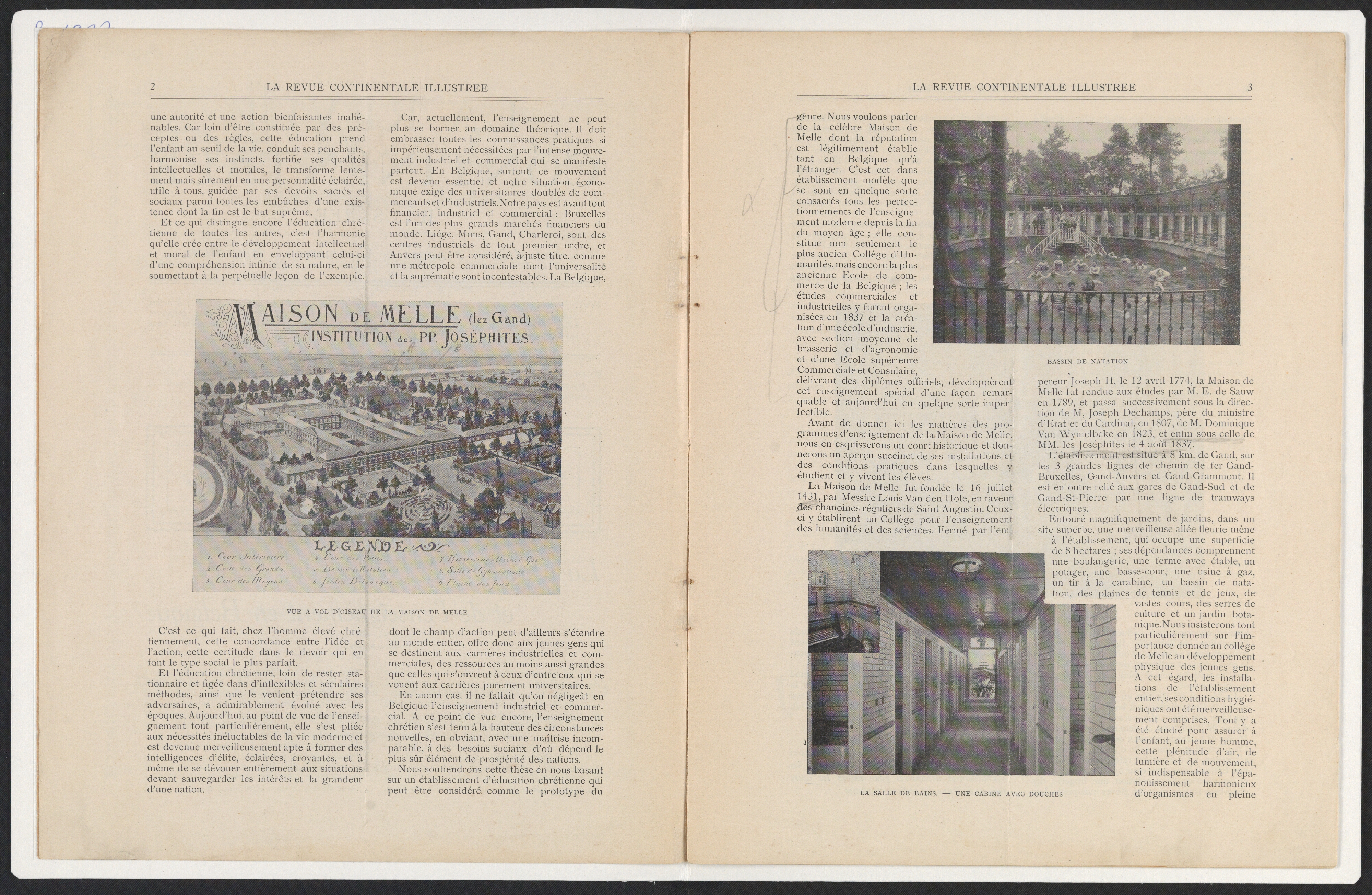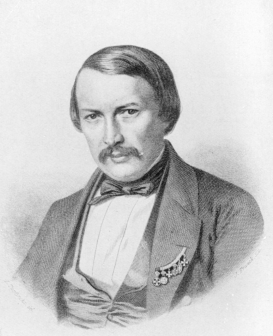|
Schoonselhof Cemetery
Schoonselhof Cemetery (''Antwerpen Schoonselhof'') is located in Hoboken, Antwerp, a suburb of Antwerp, Belgium. Schoonselhof Cemetery has an islamic and Jewish section. There is also a Commonwealth war graves plot containing the graves of 1,557 British Commonwealth service personnel who died in the World Wars, 101 from World War I and 1,455 from World War II, besides 16 Polish and 1 French war burial, a United States airman attached to the British Royal Air Force, and 16 non-war graves, mainly of merchant seamen. The plot was laid out by the Commission's Principal Architect, Philip Hepworth. The cemetery was mentioned in the TV show ''GRIMM Grimm may refer to: People * Grimm (surname) * Brothers Grimm, German linguists ** Jacob Grimm (1785–1863), German philologist, jurist and mythologist ** Wilhelm Grimm (1786–1859), German author, the younger of the Brothers Grimm * Christia ...'', Episode 14 of Season 1. Notable interments References External links * * ... [...More Info...] [...Related Items...] OR: [Wikipedia] [Google] [Baidu] |
Désiré Beaurain
DĂ©sirĂ© Beaurain (2 September 1881 – 24 October 1963) was a Belgian fencer. He won a bronze medal at the 1908 Summer Olympics and a silver medal at the 1924 Summer Olympics The 1924 Summer Olympics (french: Jeux olympiques d'Ă©tĂ© de 1924), officially the Games of the VIII Olympiad (french: Jeux de la VIIIe olympiade) and also known as Paris 1924, were an international multi-sport event held in Paris, France. The op .... References External links * 1881 births 1963 deaths Belgian male fencers Belgian Ă©pĂ©e fencers Belgian foil fencers Olympic fencers for Belgium Fencers at the 1908 Summer Olympics Fencers at the 1924 Summer Olympics Olympic silver medalists for Belgium Olympic bronze medalists for Belgium Olympic medalists in fencing Medalists at the 1908 Summer Olympics Medalists at the 1924 Summer Olympics 20th-century Belgian people {{Belgium-fencing-bio-stub ... [...More Info...] [...Related Items...] OR: [Wikipedia] [Google] [Baidu] |
Emiel Van Heurck
Emiel Henri van Heurck (10 January 1871 – 30 July 1931) was a Belgian folklorist. He published on religiosity, most notably on pilgrimage and holy cards. Biography Van Heurck was born on 10 January 1871, in Antwerp, to a Francophone family. His father, Henri van Heurck (1839–1909), was a renowned botanist who wanted his son to follow in his (scientific) footsteps. Emiel, however, was more interested in journalism and writing and particularly in Belgian folklore. He suffered from depression, and never finished his engineering studies, taking a day job in an office where his lack of diploma prevented his advancement. He studied folklore nightly, he said, from 7:30 to 11:30, and he maintained a connection to the Volkskundemuseum in Antwerp. With Gerrit Jacob Boekenoogen (1868–1930) he published three volumes on popular imagery, including ''Histoire de l'imagerie populaire Flamande'' (1910). In 1930 they published a companion volume on Dutch imagery, ''Histoire de l'imagerie ... [...More Info...] [...Related Items...] OR: [Wikipedia] [Google] [Baidu] |
Ferre Grignard
Ferre Grignard (13 March 1939 – 8 August 1982) was a Belgian skiffle-singer from Antwerp, Belgium. He had success with a number of songs, such as "Ring Ring, I've Got To Sing", "Yama, Yama, Hey", and "My Crucified Jesus". Biography Ferre Grignard was born in Antwerp in 1939. He learned to play the harmonica and guitar when he was young. At the end of the 1950s, he went to a Antwerp art academy where he formed a skiffle group. He was unsuccessful as a painter, but he could play the guitar and sing the blues and his performances in "De Muze", an Antwerp jazz café, made him well known in the Antwerp artists' world. He went to the United States for a time but was expelled for being an anarchist. The young generation accepted him as the first Belgian protest singer, because of his hippie-like appearance and the content of his songs. In 1965 he performed at the first "Jazz-festival" at Bilzen. He was discovered by Hans Kusters (who owned the record company HKM). His fir ... [...More Info...] [...Related Items...] OR: [Wikipedia] [Google] [Baidu] |
Marnix Gijsen
Marnix Gijsen (20 October 1899 – 29 September 1984) was a Belgian writer. His real name was Joannes Alphonsius Albertus Goris; his pseudonym relates to Marnix van Sint Aldegonde and the surname of his mother (Gijsen). Early years Gijsen was born in 1899 in Antwerp, Belgium. In his youth he received a strict Roman Catholic education, at the Jesuit college of Saint Ignacio in Antwerp, but in 1917 he was punished heavily ('' consilium abeundi'', E: 'advice to leave') for his militant Flemish activism during World War I. In 1925 he went to the Catholic University of Leuven, where he obtained a PhD in history and moral sciences with a dissertation on ''Études sur les colonies marchandes mĂ©ridionales (portugaises, espagnoles, italiennes) Ă Anvers de 1488 Ă 1567''. He went on to study at the University of Freiburg, Paris (Sorbonne) and London (London School of Economics). Career From 1928 until 1933, he was a civil servant at the municipal authorities of Antwerp, includi ... [...More Info...] [...Related Items...] OR: [Wikipedia] [Google] [Baidu] |
Willem Elsschot
Alphonsus Josephus de Ridder (7 May 1882 – 31 May 1960), was a Belgian writer and poet who wrote under the pseudonym Willem Elsschot (). One of the most prominent Flemish authors, his most famous work, ''Cheese'' (1933) is the most translated Flemish-language novel of all time. Early life and education Elsschot was born Alphonsus Josephus de Ridder on 7 May 1882 in Antwerp, to a family of bakers. As a child he would often visit his uncle in rural Blauberg, near Herselt, where they would walk in the Helschot area, from which he would later derive his pen name. After studying at a state school in Van Maerlantstraat, then the Royal Athenaeum of Antwerp, he attended the ''Institut Supérieur de Commerce de l'État'' ( nl), later known as the ''Rijkshandelhogeschool,'' where he would study economics and business, achieving a masters' degree in commercial sciences in 1904. It was during his studies there that he would develop a love for literature, while under the tutorship of P ... [...More Info...] [...Related Items...] OR: [Wikipedia] [Google] [Baidu] |
Henri De Braekeleer
Henri Jean Augustin de Braekeleer (11 June 1840 – 20 July 1888) was a Belgian painter. He was born and died in Antwerp. He was trained in drawing by his father Ferdinand de Braekeleer, a well-known genre painter, and his uncle Jan August Hendrik Leys. Braekeleer entered the Royal Academy of Fine Arts (Antwerp) in 1854. Although he remained a student there until 1861, he publicly exhibited his paintings for the first time in 1858, when ''Reaper'' and ''Washerwoman'' (locations unknown) were shown at the Antwerp Salon. In 1863, he went to Germany and, in 1864, to the Netherlands, studying works by 16th- and 17th-century painters in both countries. The influence of Johannes Vermeer was especially important, seen in one of de Braekeleer's most characteristic subjects: a single person absorbed in a quiet activity, shown in an interior lit by a window. In 1869, de Braekeleer signed a contract with the Belgian art dealer, Gustave Coûteaux, a relationship that continued until 1876. ... [...More Info...] [...Related Items...] OR: [Wikipedia] [Google] [Baidu] |
Jan Cox (painter)
Jan Cox (27 August 1919 – 7 October 1980) was Dutch-Belgian painter who spent the largest part of his creative life in the United States and Belgium. He was born in The Hague. Life In 1945 he was a founding member of the 'Jeune Peinture Belge' group. By the end of that decade he was briefly associated the CoBrA movement, publishing some of his art in the CoBrA magazine. In 1950 he moved to New York. After a brief stay in Rome, he returned to the United States in 1956, becoming head of the Painting Department at the School of the Museum of Fine Arts. In 1974 he returned to Belgium, to live in Antwerp, and devote himself exclusively to painting. Jan Cox was psychically hyper-sensitive and suffered from recurrent depression throughout his life, eventually leading to his suicide, in Antwerp, in 1980. He is buried in the Schoonselhof Cemetery in Antwerp. Work Several of his paintings are abstract, though some of his major successes were with (partly) figurative work: for i ... [...More Info...] [...Related Items...] OR: [Wikipedia] [Google] [Baidu] |
Hendrik Conscience
Henri (Hendrik) Conscience (3 December 1812 – 10 September 1883) was a Belgian author. He is considered the pioneer of Dutch-language literature in Flanders, writing at a time when Belgium was dominated by the French language among the upper classes, in literature and government. Conscience fought as a Belgian revolutionary in 1830 and was a notable writer in the Romanticist style popular in the early 19th century. He is best known for his romantic nationalist novel, ''The Lion of Flanders'' (1838), inspired by the victory of a Flemish peasant militia over French knights at the 1302 Battle of the Golden Spurs during the Franco-Flemish War. Over the course of his career, he published over 100 novels and novellas and achieved considerable popularity. After his death, with the decline of romanticism, his works became less fashionable but are still considered as classics of Flemish literature. Early life Childhood Hendrik was the son of a Frenchman, Pierre Conscience, from Besanà ... [...More Info...] [...Related Items...] OR: [Wikipedia] [Google] [Baidu] |


